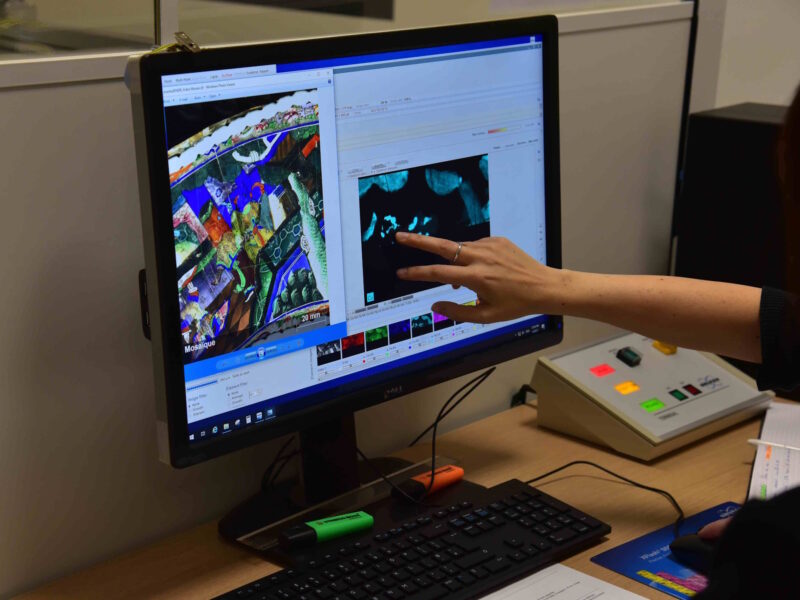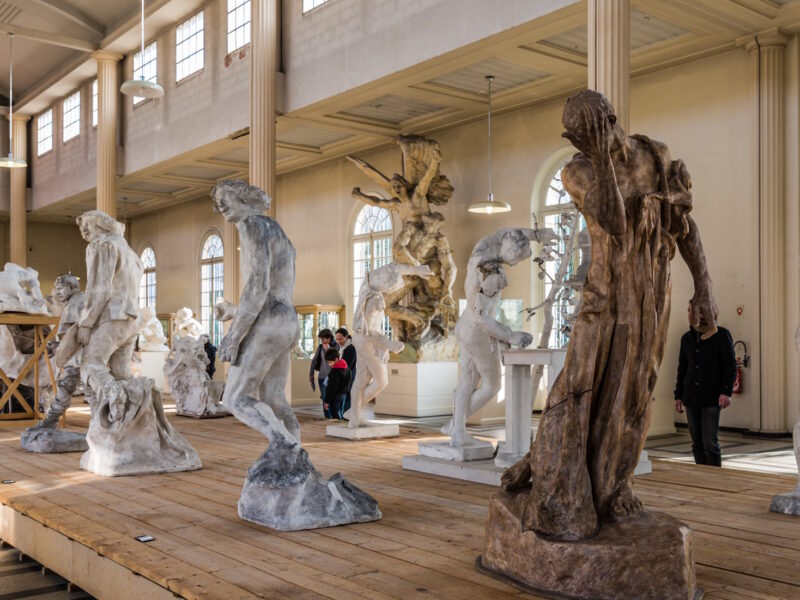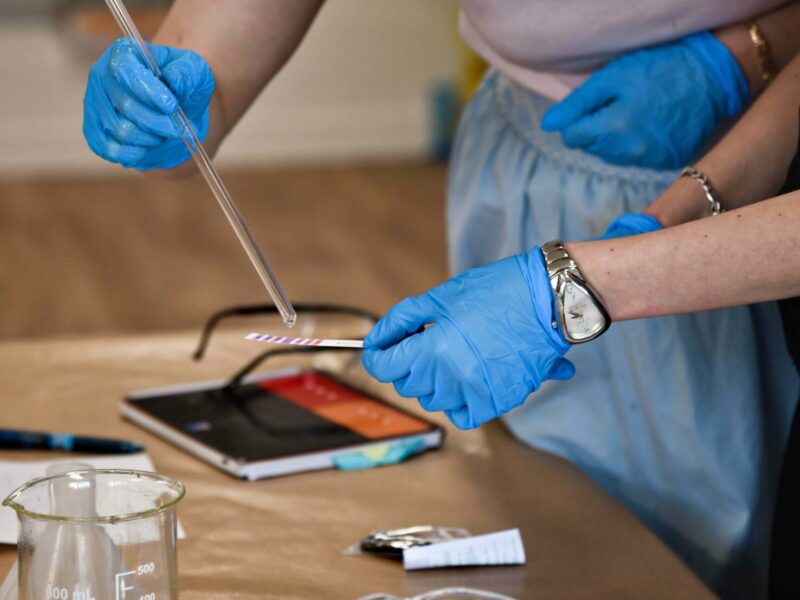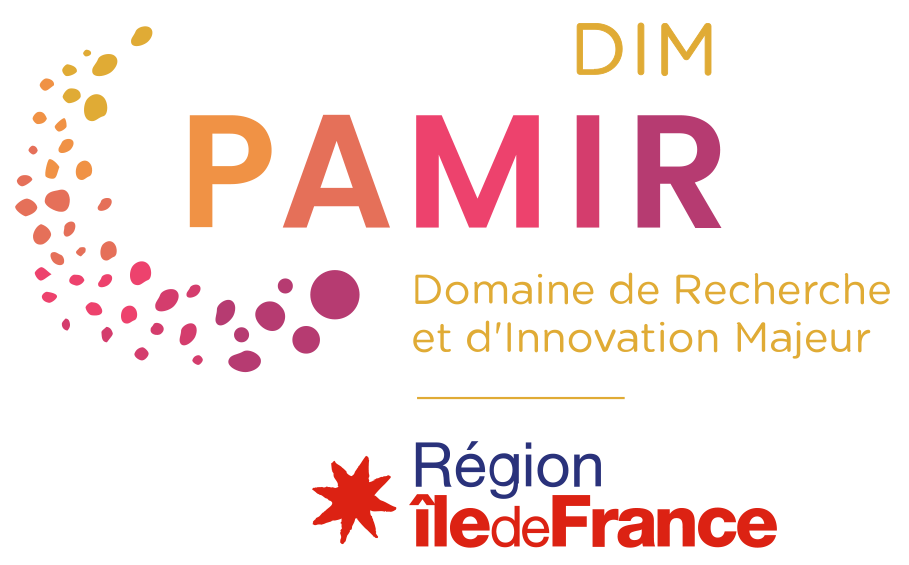The four methodological axes privilege the most innovative dimensions of contemporary research in instrumentation, digital technology, the study of heritage mechanisms and the study of alteration processes.
Heritage objects are often of complex and heterogeneous composition at all scales. This axis aims to support instrumental and experimental developments concerning the observation, identification and classification of materials by their physico-chemical properties (imaging and spectral imaging, dating, modeling of material properties…). These methods contribute to research on the processes [...]

This axis supports the study of material heritages through the development of original methods, both in mathematics and in information sciences. First, the aim is to make all data, both qualitative and quantitative intelligible, to describe the complex systems studied: transformation and representation of data sets, in particular to propose [...]

The DIM funds initiatives that encourage the heritage science community to adopt an increasingly reflexive attitude toward its knowledge, practices, and instruments in order to develop, in contact with sociology, epistemology, anthropology, the history of collections, and restoration, the capacity to explain its results as the product of choices and [...]

The fate of an object, whatever its size (nanometric to monumental), its origin and its chemical nature (mineral, organic, metallic or hybrid) is to evolve irremediably with time and the environment that surrounds it. The DIM encourages strong interactions between the implementation of conservation-restoration processes and upstream research on the [...]


